The genetic blueprint of sled dogs, particularly those bred for polar environments, reveals a fascinating story of evolutionary adaptation. These hardy canines, which include breeds like the Siberian Husky and Alaskan Malamute, carry genetic mutations that allow them to thrive in some of Earth's most inhospitable regions. Scientists have begun unraveling these molecular secrets, discovering how subtle changes in DNA sequence translate into extraordinary survival capabilities.
At the core of this adaptation lies a complex interplay between metabolism, thermoregulation, and energy utilization. Unlike their temperate-climate counterparts, polar sled dogs exhibit genetic variants that enhance their ability to generate heat through non-shivering thermogenesis. This process, primarily occurring in specialized fat tissue, allows them to maintain core body temperature even during prolonged exposure to subzero conditions. Researchers have identified mutations in the UCP1 gene, which uncouples mitochondrial respiration from ATP production, effectively converting stored energy directly into heat.
The cardiovascular system of these Arctic-adapted canines shows equally remarkable genetic specialization. Comparative genomic studies reveal unique modifications in genes regulating blood vessel constriction and heart rate variability. These adaptations prevent frostbite by carefully balancing peripheral circulation with core warmth, while also enabling sustained physical exertion in low-oxygen environments. Perhaps most astonishing is their capacity for rapid recovery after extreme exertion - a trait that made them invaluable to indigenous Arctic peoples and polar explorers alike.
Dietary adaptation represents another crucial evolutionary advantage. Sled dogs possess enhanced metabolic pathways for processing high-fat diets, with specific mutations in genes related to lipid metabolism and ketone body utilization. This allows them to efficiently derive energy from the seal blubber and fatty fish that constitute traditional Arctic canine diets. Their pancreatic function also differs significantly, with genetic variations that maintain insulin sensitivity despite high-fat intake - a stark contrast to the metabolic disorders such diets would cause in most other mammals.
The immune systems of polar sled dogs demonstrate unique cold-adapted features as well. Researchers have identified novel alleles in genes governing inflammatory responses that appear specifically adapted to cold environments. These genetic tweaks may help prevent tissue damage from freezing while simultaneously maintaining robust defenses against pathogens in conditions where minor infections could prove fatal. Interestingly, some of these immune adaptations show convergent evolution with Arctic human populations, suggesting parallel evolutionary pressures.
Coat characteristics, while obvious to casual observers, reveal profound genetic complexity at the molecular level. Beyond the well-known double-layered fur, sled dogs exhibit specific mutations in hair follicle genes that regulate growth cycles and density. More surprisingly, their skin contains specialized lipid secretions that provide additional insulation and water resistance. These traits are governed by a suite of co-adapted genes that appear to have evolved through strong selective pressure during the Pleistocene era.
The behavioral genetics of these dogs proves equally fascinating. Genomic analyses reveal modifications in neurotransmitter systems associated with pain tolerance, stress response, and social bonding. These neurogenetic adaptations likely contribute to the sled dogs' renowned endurance, pack coordination abilities, and tolerance of physical discomfort - traits essential for survival in polar environments and for their traditional working roles.
Modern sequencing technologies have allowed scientists to pinpoint when many of these adaptations arose. By comparing ancient dog DNA with modern sled dog genomes, researchers have traced the emergence of key mutations to periods of climate cooling. This genetic timeline corresponds remarkably well with archaeological evidence of human migration into Arctic regions, highlighting the co-evolution of sled dogs and northern indigenous cultures.
Current research is exploring how these cold-adaptation genes interact with each other and with environmental factors. Epigenetic studies reveal that gene expression in sled dogs changes dramatically with seasonal light cycles, suggesting an intricate gene-environment interplay. Some scientists speculate that understanding these mechanisms could have applications in human medicine, particularly for conditions involving metabolic regulation or cold tolerance.
The study of sled dog genetics not only illuminates evolutionary biology but also raises important conservation questions. As climate change alters Arctic ecosystems, these genetic adaptations - honed over millennia - may face new selective pressures. Researchers emphasize the importance of preserving genetic diversity among working sled dog populations, as their unique genome represents both a cultural heritage and a living library of biological innovation.
Beyond scientific significance, these findings deepen our appreciation for the remarkable capabilities of sled dogs. Their genetic legacy stands as a testament to nature's ingenuity, having transformed a temperate-climate species into supremely adapted polar athletes. As one geneticist remarked, "In their DNA, we read not just a survival manual for extreme environments, but a profound story of mutualism between humans and canines in facing Earth's harshest challenges."
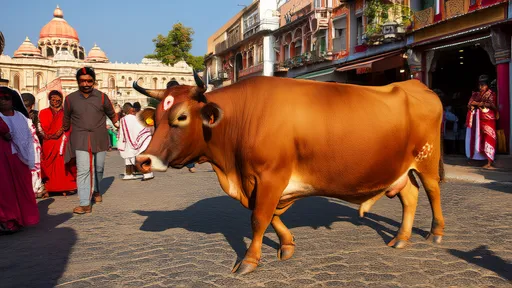
By /Jul 7, 2025
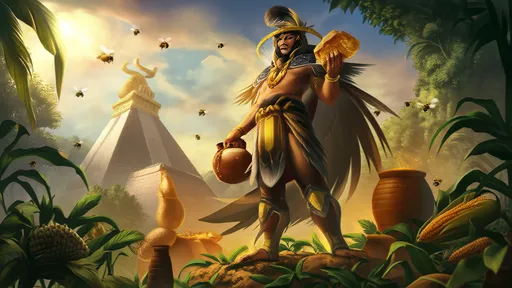
By /Jul 7, 2025

By /Jul 7, 2025
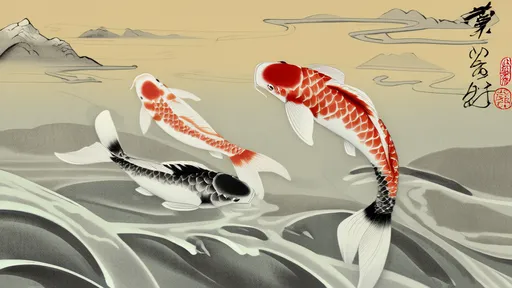
By /Jul 7, 2025
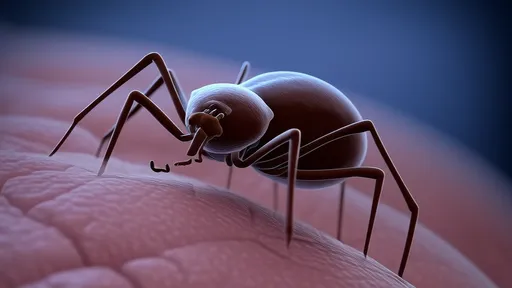
By /Jul 7, 2025
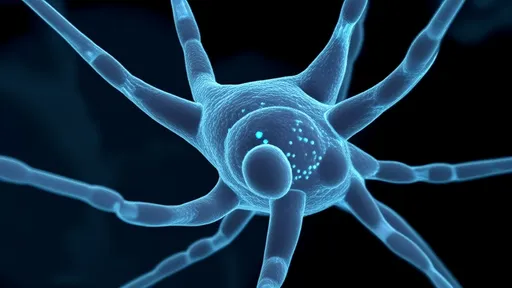
By /Jul 7, 2025
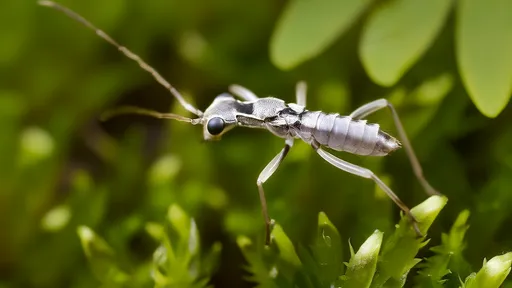
By /Jul 7, 2025
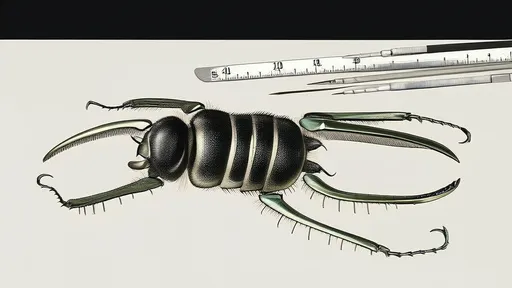
By /Jul 7, 2025
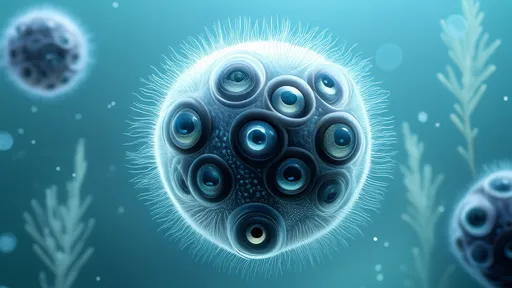
By /Jul 7, 2025
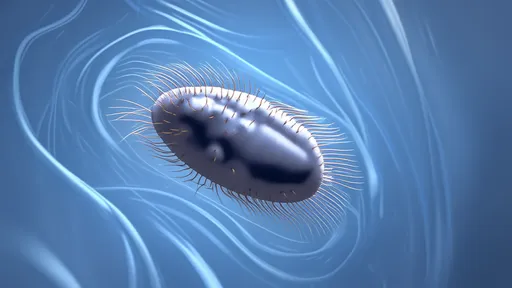
By /Jul 7, 2025
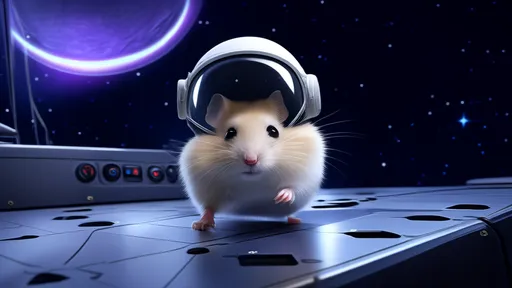
By /Jul 7, 2025
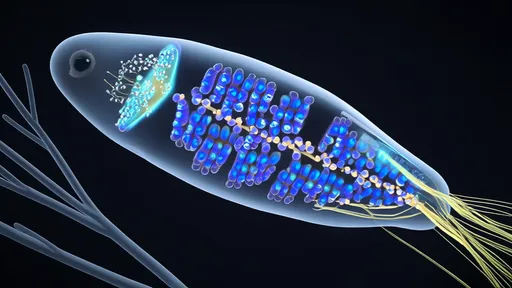
By /Jul 7, 2025
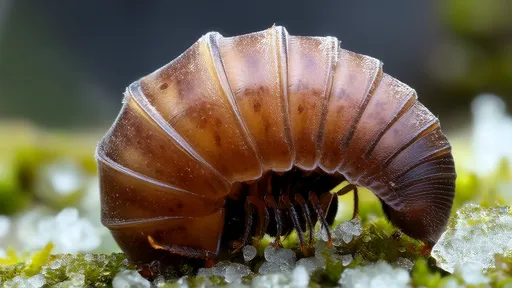
By /Jul 7, 2025
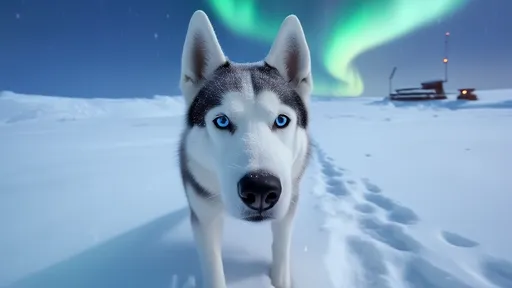
By /Jul 7, 2025
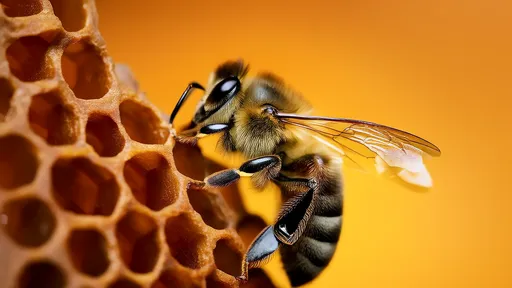
By /Jul 7, 2025
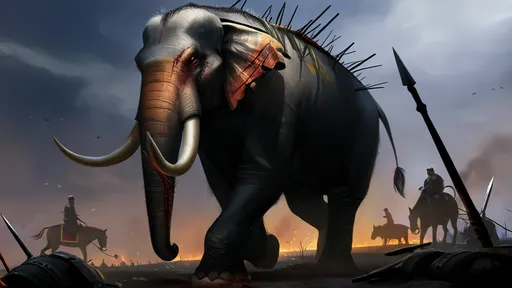
By /Jul 7, 2025

By /Jul 7, 2025

By /Jul 7, 2025